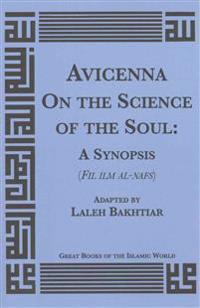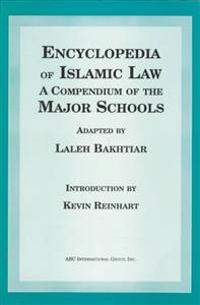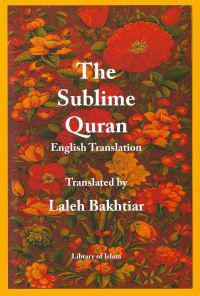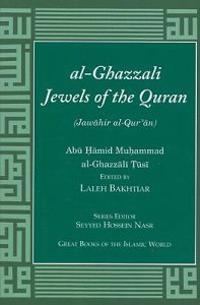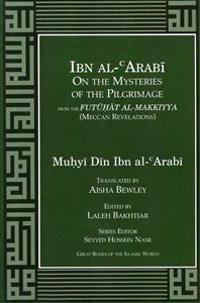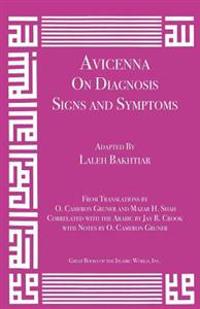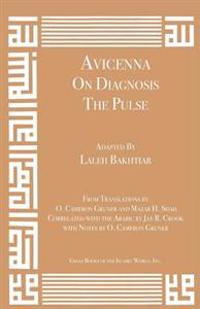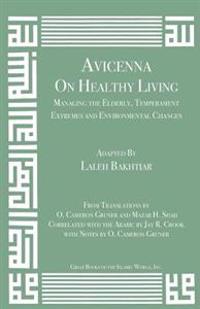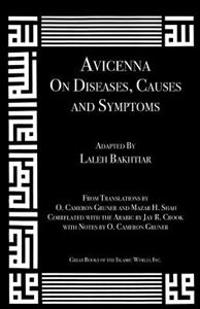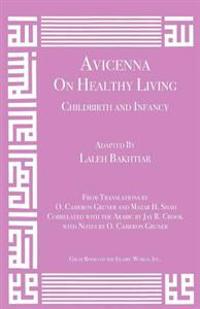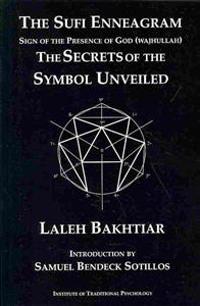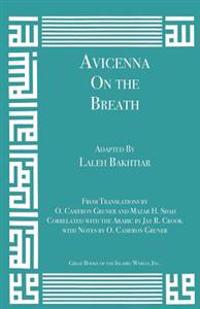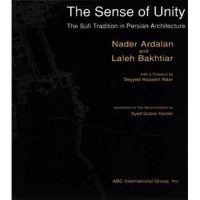Avicenna on the Science of the Soul: A Synopsis (Fil Ilm Al-Nafs) (Häftad)
avAbu Ali Al-Husayn Ibn 'Abd All Ibn Sina, Laleh Bakhtiar
ISBN: 9781567441994 - UTGIVEN: 2013-10Avicenna writes this short synopsis on the soul as a gift for a Prince. Written around the year 1000 C.E., Avicenna Describes the soul as an immaterial substance that is known through its powers. According to him, it is the human rational soul that survives the body after death and is eternal.[...]
Encyclopedia of Islamic Law: A Compendium of the Views of the Major Schools (Häftad)
avLaleh Bakhtiar
ISBN: 9781567444988 - UTGIVEN: 1996-08Al-Ghazzali Jewels of the Quran (Häftad)
avAbu Hamid Muhammad Al-Ghazzali Tusi, Laleh Bakhtiar, Seyyed Hossein Nasr
ISBN: 9781567447606 - UTGIVEN: 2009-04Avicenna on Diagnosis: Signs and Symptoms (Häftad)
avLaleh Bakhtiar, Avicenna
ISBN: 9781567447897 - UTGIVEN: 2012-07After a general introduction, Avicenna in his Law of Natural Healing (Canon of Medicine), Lecture 9, introduces the signs of internal disease, the distinction between the disease and its secondary effects, the diagnostic signs of the temperaments, evidence of the four primary intemperaments and sign[...]
Avicenna on Diagnosis: The Pulse (Häftad)
avLaleh Bakhtiar, Avicenna
ISBN: 9781567447910 - UTGIVEN: 2012-07Avicenna summarizes: (1) why every pulse beat consists of four moments; (2) a list of ten types of pulse condition with descriptions of symptoms that permit diagnosis of each; (3) explanation of the causes of these ten types of varieties and sub-varieties to be found in each: long pulse, short pulse[...]
Avicenna on Healthy Living: Managing the Elderly, Temperament Extremes and Environmental Changes (Häftad)
avLaleh Bakhtiar, Avicenna
ISBN: 9781567447958 - UTGIVEN: 2012-07Avicenna in his Law of Natural Healing (Canon of Medicine), Lecture 13, written over 1000 years ago was concerned with the elderly and environmental changes to the same extent we are today. It also contains O. Cameron Gruner's extensive endnotes.[...]
Avicenna on Diseases, Causes and Symptoms (Häftad)
avLaleh Bakhtiar, Avicenna
ISBN: 9781567447996 - UTGIVEN: 2012-07After distinguishing between a sign and a symptom, Avicenna in his Law of Natural Healing (Canon of Medicine), Lecture 7, describes the various states of the human body and types of illnesses and injuries. It also contains O. Cameron Gruner's extensive endnotes.[...]
Avicenna on Healthy Living: Childbirth and Infancy (Häftad)
avLaleh Bakhtiar, Avicenna
ISBN: 9781567448016 - UTGIVEN: 2012-07As one reads this book, he or she will be amazed how little the prescription for healthy living has changed from 1000 years ago, particularly in regard to childbirth and infancy. Avicenna in his Law of Natural Healing (Canon of Medicine), Lecture 11, describes childbirth and infancy. It also contain[...]
The Sufi Enneagram: Sign of the Presence of God (Wajhullah): The Secrets of the Symbol Unveiled (Häftad)
avLaleh Bakhtiar, Samuel Bendeck Sotillos
ISBN: 9781567448351 - UTGIVEN: 2013-10Avicenna on the Breath (Häftad)
avLaleh Bakhtiar, Avicenna
ISBN: 9781567449983 - UTGIVEN: 2012-07The breath plays a most important role in natural healing or traditional medicine. Avicenna in his Law of Natural Healing (Canon of Medicine), Lecture 6, describes its origin, forms, sources and relations to being. It also contains O. Cameron Gruner's extensive endnotes.[...]
The Sense of Unity: The Sufi Tradition in Persian Architecture (Häftad)
avNader Ardalan, Laleh Bakhtiar, Seyyed Hossein Nasr
ISBN: 9781871031782 - UTGIVEN: 2000-01

